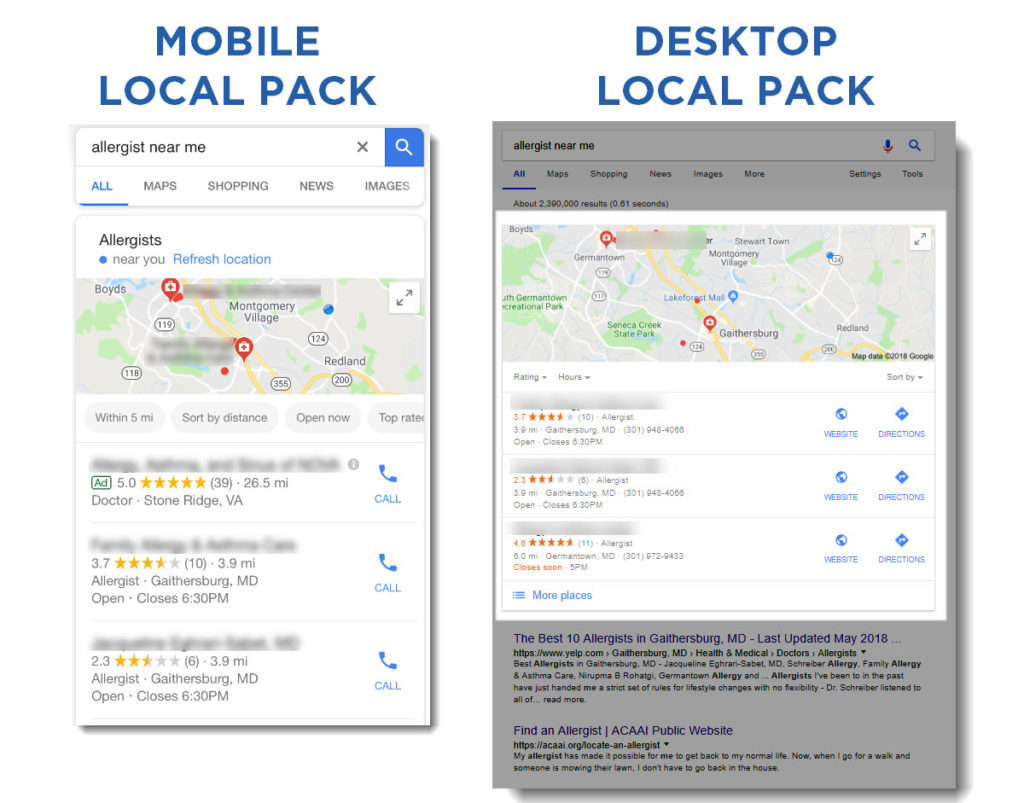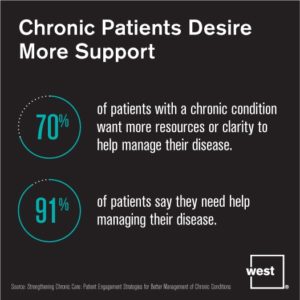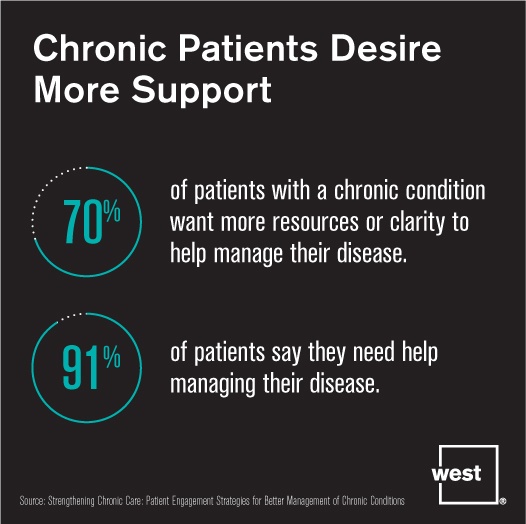How to improve patient acquisition and retention for your medical practice or healthcare facility.
The healthcare industry has been going through a massive change. With the dramatic shift in health insurance policies and consumer behaviors, patients are stepping up to take better control of their healthcare choices.
In addition to this, as more patients are covering a larger portion of their healthcare bills, providers need to put more efforts into marketing directly to consumers.
Here are the latest healthcare marketing strategies to help you meet the fast-evolving patient expectations while improving patient acquisition and retention.
4 latest marketing trends in the healthcare industry
The key to attracting more patients to your medical practice or healthcare facility is to deliver an outstanding patient experience. Here’s what successful healthcare marketers are doing to succeed:
1. A patient-centric online portal
Consumers are now accustomed to managing their relationships with retailers and service providers via a robust online platform.
You need to offer a sophisticated, secure, and user-friendly patient portal that can handle most of the day-to-day patient interactions, such as paying bills, making appointments, checking test results, ordering prescription renewals, obtaining medical histories, and even conducting virtual consultations.
2. A search-engine optimized website
Consumers are now more comfortable with using online searches to look for a medical facility or a healthcare provider.
Your website needs to be optimized for local SEO so it’ll show up in the “local pack” at the top of the search result pages when users search for “_________ near me.” You can also build backlinks and drive more traffic by getting online reviews on Google and third-party websites.
As digital assistants such as Siri, Alexa, and Google Assistant are gaining popularity, more than 50% of searches will be voice-based by 2020 — your website content needs to be optimized for voice search. You can do this by focusing on long-tail key terms, using patients’ language, and providing local information.
3. Real-time patient support and interaction
With the latest customer support technologies, consumers are used to getting their questions answered and problems resolved in real time.
Providing best-in-class support is the key to improving your patient acquisition and retention rate. Make sure patients can contact your team via multiple channels such as email, text, phone, social media, and live chat.
In addition to this, don’t just interact with your patients only when there’s a problem! You can use the same channels to increase their engagement with your brand by sharing valuable content and gathering feedback.
4. Marketing automation and personalization
Consumers expect relevant content, information, and offers from their service providers. You can use marketing automation and segmentation strategies to deliver a highly personalized experience that meets patient expectations, increases engagement, and improves retention.
A robust marketing personalization platform allows you to deliver an omnichannel patient experience through multiple touchpoints, such as email, social media, text messages, printed materials, and so on to provide the most relevant and helpful content so you stay top of mind.
Hyper-personalization will drive the future of healthcare marketing. Request a demo to see how you can use our robust customer data management system to unlock the power of this marketing strategy.





